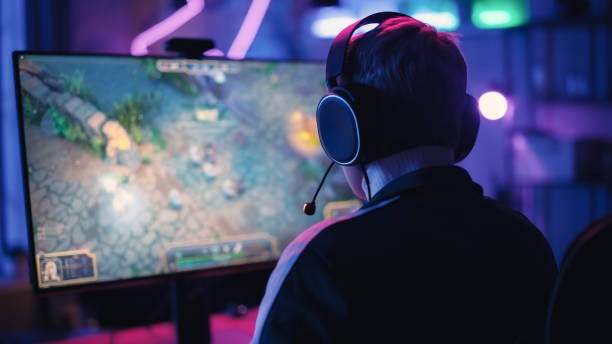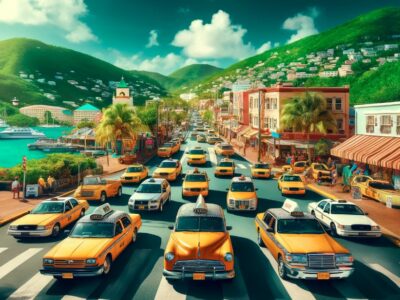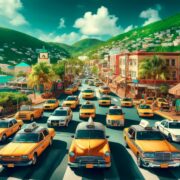
Animation is a captivating and versatile art form that has captivated audiences for generations. From whimsical cartoons to breathtaking visual effects in blockbuster films, animation encompasses a wide range of styles, techniques, and mediums, each with its own unique charm and appeal. In this comprehensive blog post, we’ll delve into the fascinating world of animation, exploring its history, evolution, techniques, and impact on art, entertainment, and culture.
What is Animation?
At its core, animation is the process of creating the illusion of motion through a sequence of static images or frames. By rapidly displaying these frames in succession, either manually or with the aid of technology, animators can bring characters, objects, and worlds to life with fluid movement and expression. Animation can take many forms, including traditional hand-drawn animation, computer-generated imagery (CGI), stop-motion animation, and more, each with its own distinct style and method of creation.
A Brief History of Animation:
The history of animation dates back thousands of years, with early examples of simple animation techniques found in ancient cave paintings, Egyptian hieroglyphs, and Greek pottery. However, it wasn’t until the late 19th and early 20th centuries that animation as we know it today began to take shape.
One of the earliest pioneers of animation was French artist Émile Cohl, who created the first animated film, “Fantasmagorie,” in 1908 using a technique known as traditional hand-drawn animation. This groundbreaking film laid the foundation for the development of animation as a distinct art form and inspired countless artists and filmmakers to explore its creative possibilities.
In the decades that followed, animation continued to evolve and innovate, with groundbreaking advancements in technology and storytelling shaping the medium into what it is today. From the iconic cartoons of Walt Disney and Warner Bros. to the revolutionary techniques of Pixar and DreamWorks Animation, animation has become an integral part of popular culture, influencing everything from film and television to advertising and video games.
Techniques and Styles of Animation:
Animation encompasses a wide range of techniques and styles, each with its own unique characteristics and methods of creation. Some of the most common techniques and styles of animation include:
- Traditional Hand-Drawn Animation: Also known as 2D animation, traditional hand-drawn animation involves creating each frame of animation by hand, either on paper or digitally. This technique is often used for classic cartoons and animated films, and it requires meticulous attention to detail and craftsmanship.
- Computer-Generated Imagery (CGI): CGI animation involves creating digital models, textures, and environments using computer software and rendering them into lifelike animations. This technique is widely used in modern animated films, television shows, and video games, and it allows for stunning visuals and realistic motion.
- Stop-Motion Animation: Stop-motion animation involves manipulating physical objects or puppets frame by frame to create the illusion of movement. This technique can be used to create a wide range of effects, from whimsical claymation characters to epic battle scenes with miniature models.
- Motion Graphics: Motion graphics involve animating text, graphics, and visual effects to convey information or tell a story. This technique is commonly used in advertising, title sequences, and explainer videos, and it allows for dynamic and engaging visuals.
- Experimental Animation: Experimental animation encompasses a wide range of unconventional techniques and styles, including abstract animation, collage animation, and interactive animation. This genre pushes the boundaries of traditional animation and explores new ways of storytelling and expression.
The Impact of Animation:
Animation has had a profound impact on art, entertainment, and culture, shaping the way we perceive and experience the world around us. From the iconic characters of Mickey Mouse and Bugs Bunny to the groundbreaking visuals of “Toy Story” and “Avatar,” animation has captured the imaginations of audiences around the world and inspired countless artists and filmmakers to push the boundaries of creativity and innovation.
In addition to its artistic and cultural significance, animation also plays a crucial role in education, communication, and marketing. Animated videos are used in classrooms to explain complex concepts, in boardrooms to pitch ideas and proposals, and on social media to engage and entertain audiences. Animation has become an essential tool for storytelling and expression in the digital age, allowing creators to convey ideas and emotions in ways that resonate with people of all ages and backgrounds.
Conclusion:
In conclusion, animation is a captivating and versatile art form that has captivated audiences for generations. From its humble beginnings as simple drawings on cave walls to its evolution into a sophisticated and influential medium, animation has come a long way, shaping the way we perceive and experience the world around us. Whether it’s the timeless charm of hand-drawn cartoons or the cutting-edge visuals of CGI blockbusters, animation continues to inspire and delight audiences of all ages, proving that imagination knows no bounds in the world of animation.





